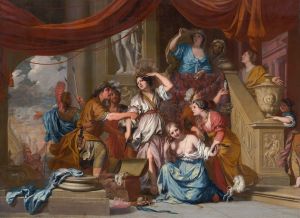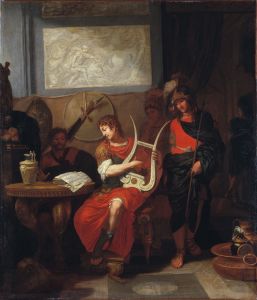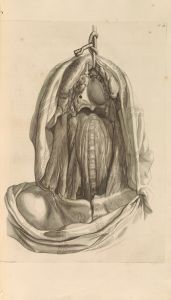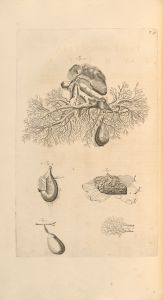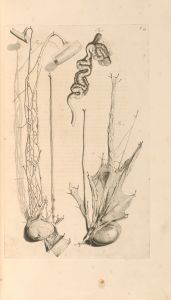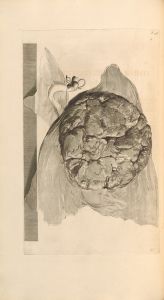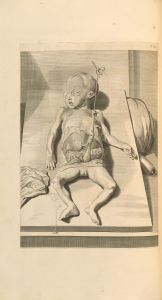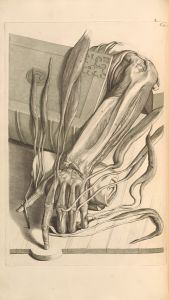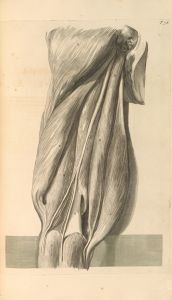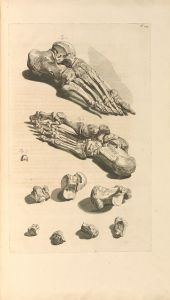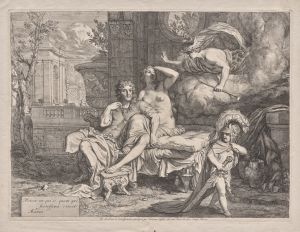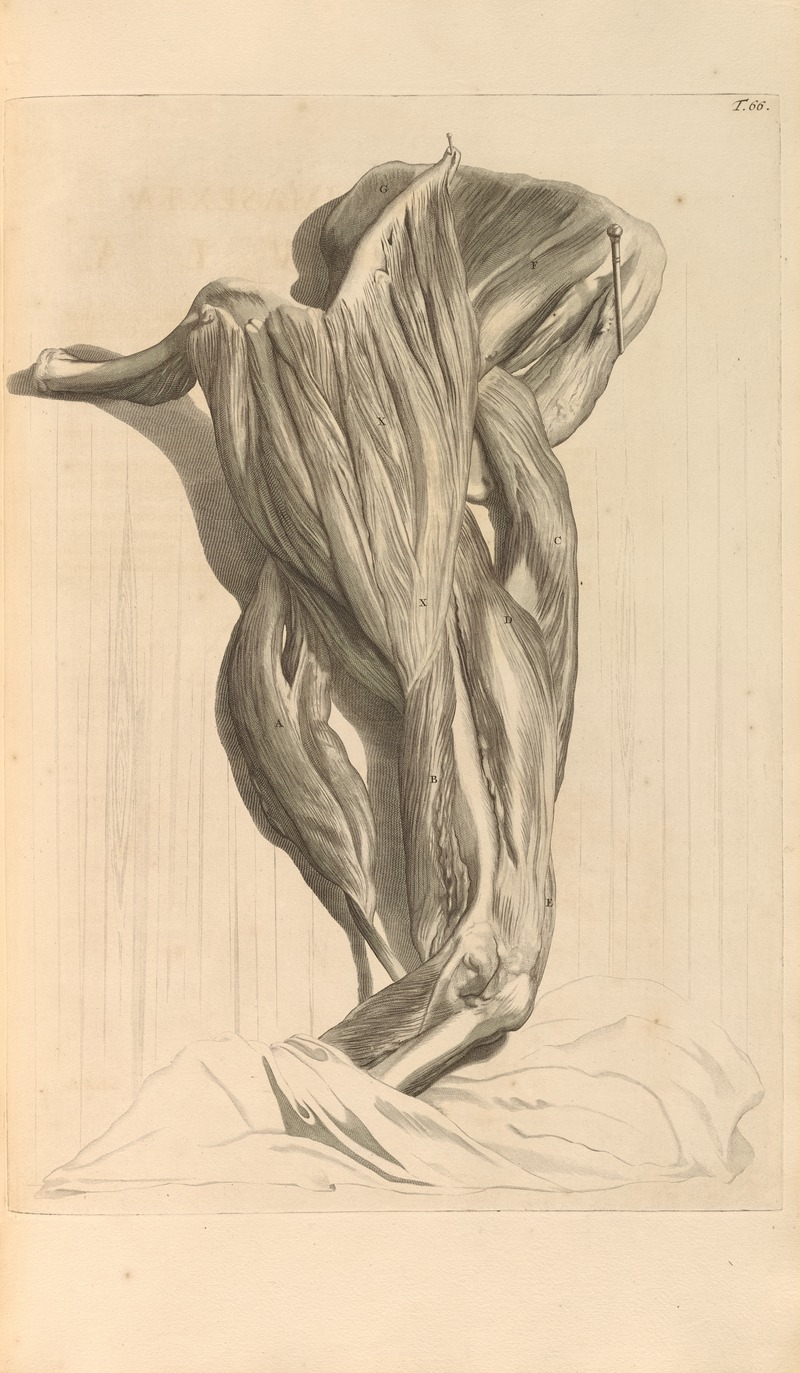
Anatomia humani corporis Pl.067
A hand-painted replica of Gerard de Lairesse’s masterpiece Anatomia humani corporis Pl.067, meticulously crafted by professional artists to capture the true essence of the original. Each piece is created with museum-quality canvas and rare mineral pigments, carefully painted by experienced artists with delicate brushstrokes and rich, layered colors to perfectly recreate the texture of the original artwork. Unlike machine-printed reproductions, this hand-painted version brings the painting to life, infused with the artist’s emotions and skill in every stroke. Whether for personal collection or home decoration, it instantly elevates the artistic atmosphere of any space.
Gerard de Lairesse was a prominent Dutch Golden Age painter and art theorist, known for his classical style and influence on the art of his time. However, the specific work "Anatomia humani corporis Pl.067" is not a standalone painting by de Lairesse but rather a part of a larger project. This work is one of the plates from the anatomical atlas "Anatomia Humani Corporis," which was published in 1685. The atlas was a collaboration between Gerard de Lairesse and the Dutch anatomist Govard Bidloo.
"Anatomia Humani Corporis" is a significant work in the history of medical illustration. Govard Bidloo, who was a professor of anatomy, sought to create a comprehensive and detailed anatomical atlas that would serve as an educational tool for medical students and professionals. To achieve this, he enlisted the artistic talents of Gerard de Lairesse, who was renowned for his ability to depict the human form with precision and elegance.
The atlas consists of 105 copperplate engravings, each illustrating different aspects of human anatomy. These plates were based on meticulous dissections and observations, providing an unprecedented level of detail and accuracy for the time. "Anatomia humani corporis Pl.067" is one of these plates, contributing to the overall goal of the atlas to enhance the understanding of human anatomy through visual representation.
Gerard de Lairesse's involvement in this project highlights the intersection of art and science during the Dutch Golden Age. His classical training and artistic skill allowed him to create images that were not only scientifically accurate but also aesthetically pleasing. This combination of art and science was instrumental in advancing the study of anatomy, as it provided a visual aid that complemented the textual descriptions found in medical literature.
The collaboration between Bidloo and de Lairesse was not without its challenges. The atlas was initially published with text in Dutch, which limited its accessibility to a broader European audience. However, it was later translated into Latin, the lingua franca of educated Europeans at the time, which helped to disseminate its findings more widely.
Despite its initial impact, the atlas faced criticism from some contemporaries, including the famous anatomist William Cowper, who published his own version of the atlas with modifications and without proper credit to Bidloo and de Lairesse. This led to a notable controversy in the history of medical publishing.
In summary, "Anatomia humani corporis Pl.067" by Gerard de Lairesse is a part of a groundbreaking anatomical atlas that combined the expertise of an anatomist and an artist to advance the study of human anatomy. The work exemplifies the fruitful collaboration between art and science during the Dutch Golden Age and remains a significant historical document in the field of medical illustration.





